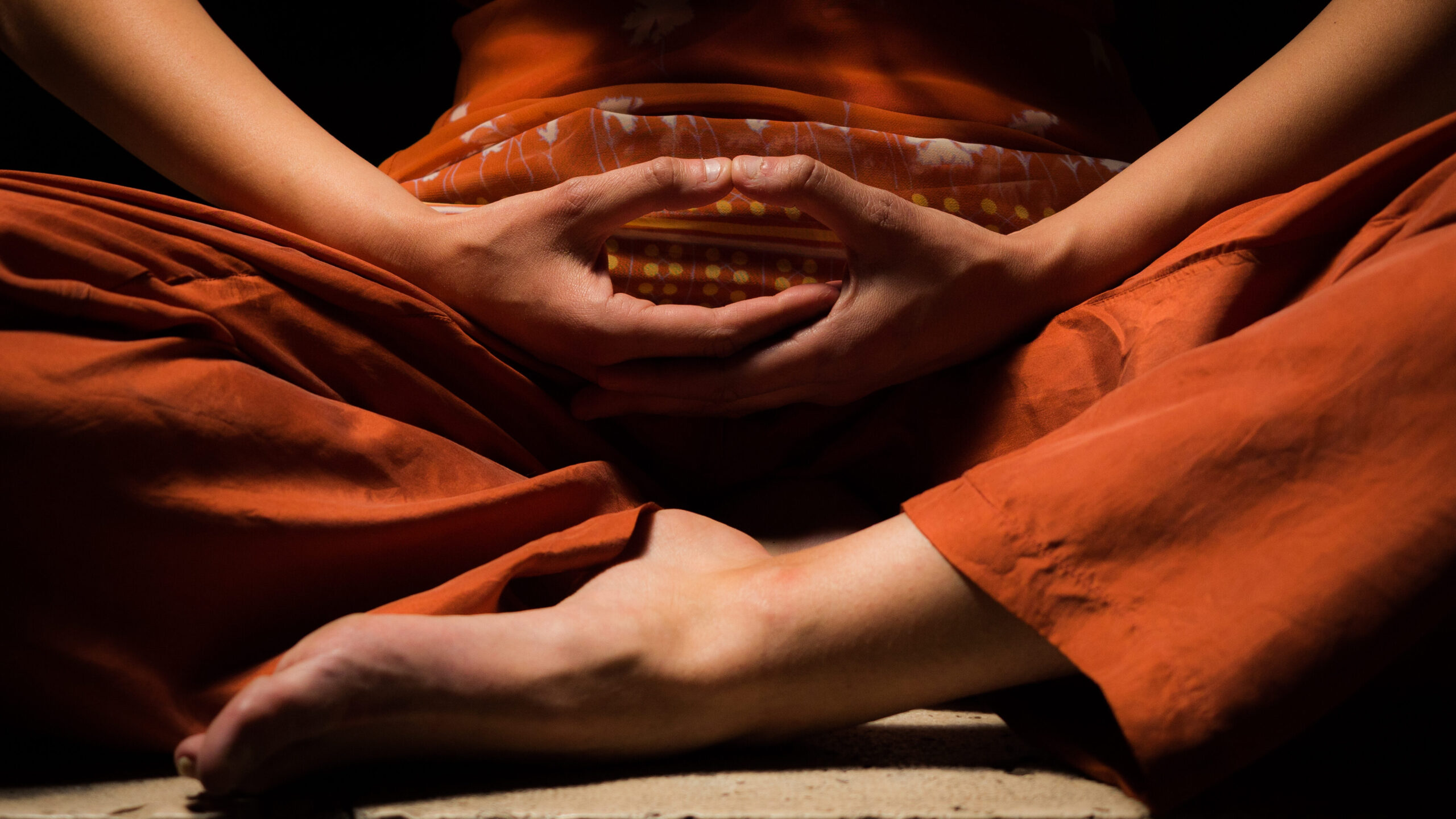
audārya [generosity, magnanimity, benevolence, compassion, nobility]
In Western society we learn that generosity is a virtue. We consider it praiseworthy to give: to give gifts, to give food, or to give money. And yet, what are we giving when we give these material things?
What is it we have that can be given? We enter this material world with nothing, and we leave it with nothing. We have nothing and therefore we have nothing to give.
This is because to ‘have’ anything at all means to live in the knowledge that we will will one day not have it, and that we once in the past did not have it. To have is to understanding that having is temporary. Paradoxically, to have is to not have. How can we give what we don’t have?
Continue reading





